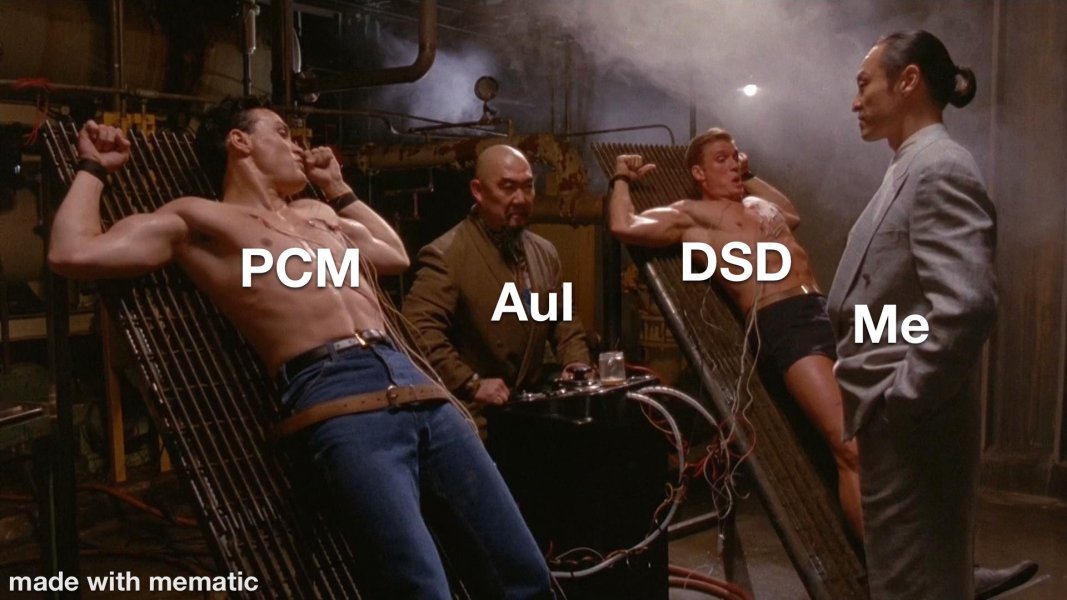I think there are a few issues with the test and discussion as others have noted:
1. It is not possible to record at DSD512. The test track is 8x upsampled DSD64, and then downsampled
2. 32 bit is not supported by most audiophile DACs. 32 bit comes in two versions float point and integer. 32 bit float point is just a container for a 24 bit file, and a way for audio engineers to avoid digital clipping. 32 bit integer is the true 32 bit file, although the output of the ADC chip is the same as 24 bit. The only true difference is in precision of the ADC and DAC filters. A couple professional converters support this format, and it is not common in hifi. Michal Jurewicz of Mytek is a proponent.
3.The equivalency of digital bits and analog signal:
I worked for a few years in a studio that ran Studer A827 tape machines along side of ProTools, and have had my own digital recording rig for about 15 years. 24 bit was clearly more accurate to both the microphone source as well as the tape source than 16 bit. 16 bit typical was a pretty inadequate capture medium, even for tape tracks. The "formula" says that tape should be 13 bits, which is bonkers in the real world and obviously wrong.
We did have some 80s equipment that operated between 12 and 14 bit, and was neither sonically equivalent with 16 bit or 24 bit. 15 bit does sound about the same as 16, bit though (and you can hear on most HDCDS if you don't have an encoder). Likewise most SACD DSD64 performance should be the equivalent of 18 bit, but they sound nothing alike. DSD, and to a lesser extend 24/192 PCM were the lowest rates needed to do justice to 2" 24 track tape, let alone a microphone input.
So generally discussions of "how many bits" constitute music, or are equivalent with analog signal chain are misguided . You can dither a 24 bit recording down to 16 bit or lower (with any type of dither) and hear the quality loss easily enough. Digital and analog signals are not apples to apples.
Likewise, we all know that it is possible to build a pleasing and well regarded 18 or 16 bit DAC that might sound better to a listener than a by-the-book, 24 bit capable DAC playing a 24 bit file. But from the signal perspective of the original source, this is inadequate, and the conversions are not totally transparent.














